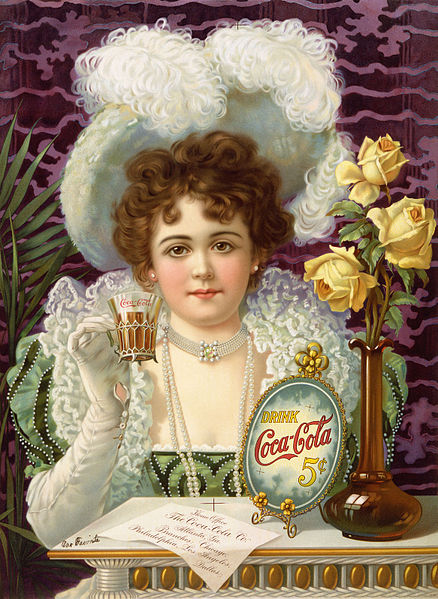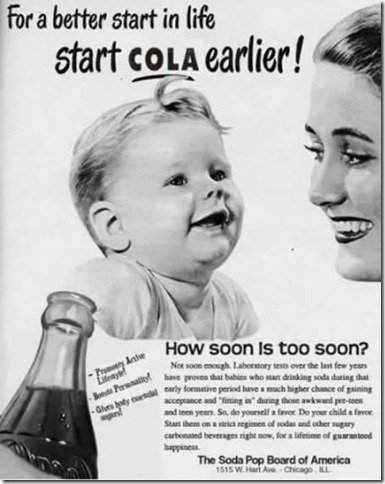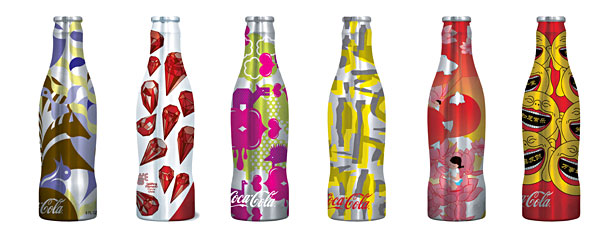In my book on product design, Interfaces.com, I talk about a shift from evolutionary product design to the current model of version numbering. There has been a murmur of disappointment this last week when Apple issued iPhone 4S instead of the expected iPhone 5. The new features of iPhone 4S are exciting, new, and unexpected (think Siri). So what’s the problem? Is it really that the version number is too low for our expectations?
In the days of yore, no one has ever heard of version numbers. What hammer do you own? Is it version 1.0 or 5.0? Do you care? We have many different types of hammers in our garage, but we don’t think of them in terms of version numbers, rather we focus on what they were designed to help us do: hammer a nail in the wall; pull out a nail; tack in the a little staple in the floor boards; create a hammered copper art piece. Each task requires a different approach and a different tool. And each tool was carefully and systematically honed to perfection by thousands of years of human use: from stone hammers to our tools in the garage a continuous progression of perfection. Each master craftsman along the way created small, incremental improvements in the hammer’s design.
Now we live in the world where best for many products means the highest version number. We are programmed to upgrade our inventory of tools and products. More then that, manufactures program-in obsolesce: products have a built-in shelf life. And we are continuously encouraged to lust for an upgrade!
Products for a Lifetime
But not all products are like that. After a car accident over 20 years ago, I walk with a cane. I have very strong opinions about my walking sticks. They have to be fashionable: I have a collection to match the different moods, occasions, and outfits. They have to be functional. What does this mean for a cane? It has to be the right height for me, taking in account the height of the heal of my shoes (I have canes for different heal heights). The cane’s handle has to feel good in my hand: comfortable to hold without blisters; anti-slip material for good grip; light weight.
When I buy a cane, I’m not looking for the next highest version. Rather, my canes last for decades. (I’ve lost one when my husband used it as an projectile to get the kids’ ball out of a tree.) I have a favorite one that’s probably over 60 years old. It served its original owner well, and now it keeps me balanced and mobile. The handle is made out of a caribou antler—antler and horn are best for cane handles since they are naturally anti-slip even when wet (plastic handles are awful). It’s well-made and survived many drops—canes drop all the time when in use. I hope this particular cane last me my lifetime. I won’t ever be looking to upgrade this cane and I will morn its loss if/when it happens.

Before the Version Numbers
I’m not implying that we just entered the age of 2.0, not at all. As soon as we got marketing as a full-time profession, we had new and improved products. We still own one can of Coke—a left over from the days when people we hoarding Cokes after the New Coke came out. Back then, we were all outraged by the betrayal we felt over the changed formula. For us, it wasn’t “improved.” The person who gave us the can was making a true sacrifice!

But Coca-Cola went through numerous formula variations. After all, it used to contain coca leaf as the main ingredient. I’m sure that when it was taken out of the formulation, the consumers of Coke felt betrayed—they were truly addicted to the product!

Coca-Cola is a very strong brand. It managed to survive many variations in look and feel; taste and flavor. And we, the consumers, are great at identifying the original even with very few clues. Check out the new can designs:

Evolution in Design
The last few generations have grown up expecting evolution in design. Version numbers are now part of our discourse: “I’ll wait for 2.0.” I think this is a revolutionary change in product design world, one that snuck-up and became a prominent force in design and production. We live in the latest and greatest world. The only comparison to the past are the issue numbers on periodicals (news papers and magazines). The periodicals needed versioning since that was their fundamental conceptual design: they were of the moment. Now all products are of the moment, even hammers.
